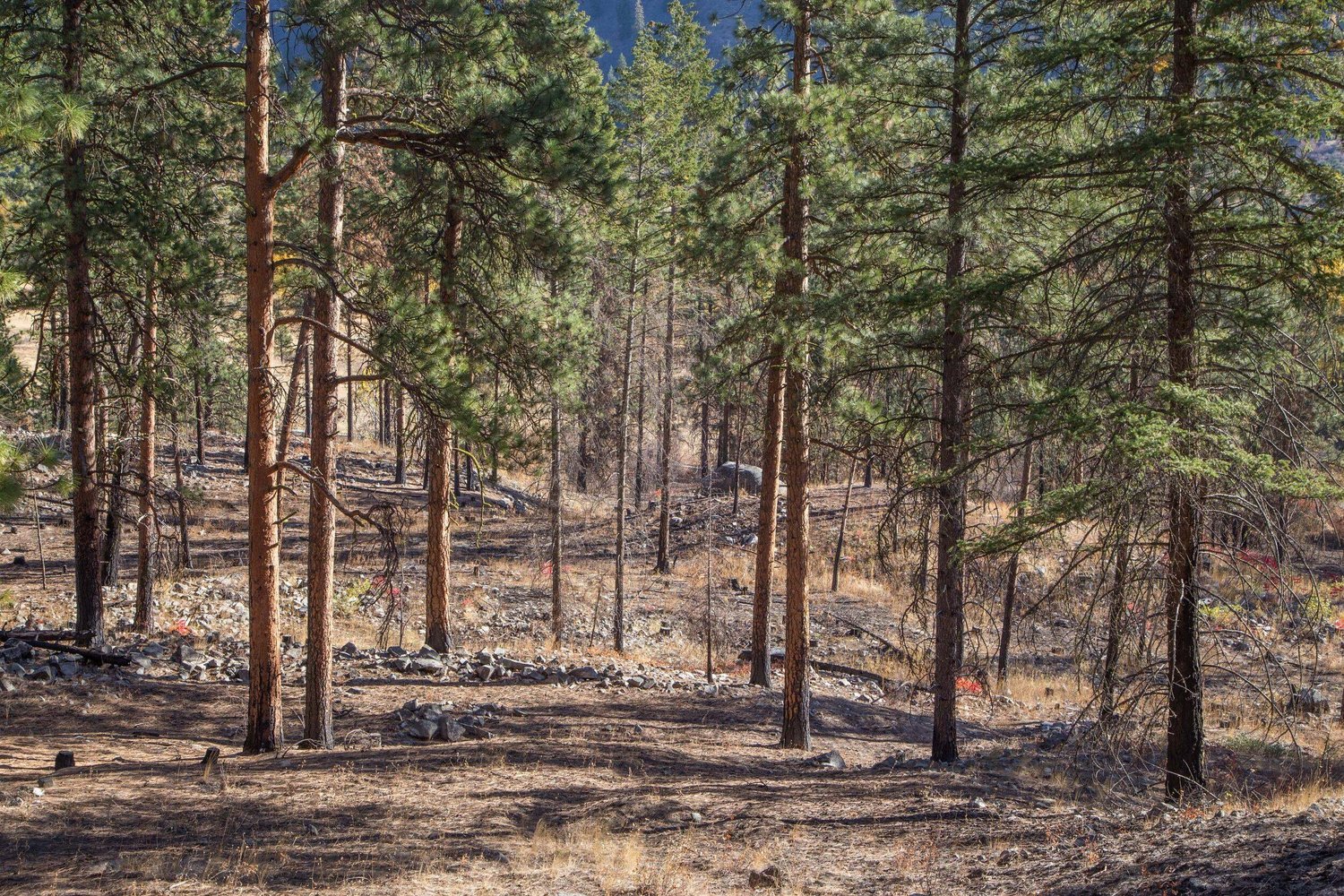Although there are many efforts underway to reduce emissions as much as possible to slow climate change, due to the excess emissions we’ve already produced, we will continue to experience the impacts of our changing climate.
As we experience more frequent and more intense storms, fires, floods, and other events intensified by climate change, we must collectively take action to support nature and help communities plan ahead.
The good news is we know what needs to be done. Talk to your communities and representatives about investing in climate adaptation and supporting community-based solutions—below are a number of resources on climate adaptation to help educate, guide, or support efforts. The list is intended to be representative and not necessarily comprehensive of all adaptation resources.
-
U.S. 5th National Climate Assessment, Chapter 31: Adaptation
-
U.S. Forest Service’s National Prescribed Fire Resource Mobilization Strategy (PDF)
-
Washington State’s Department of Ecology Responding to Climate Change
Additional important reading on the impacts of racist practices that have exacerbated urban heat-related issues, and which have implications for climate adaptation planning:
Feature image: A stand of Ponderosa pines after a 2015 wildfire. In areas where both climate-adaptive practices of thinning and prescribed burning had previously been done, most of the Ponderosas survived the wildfire. Efforts to thin and burn prior to the wildfire made fire-fighting efforts more successful and safer to implement. Credit: John Marshall




